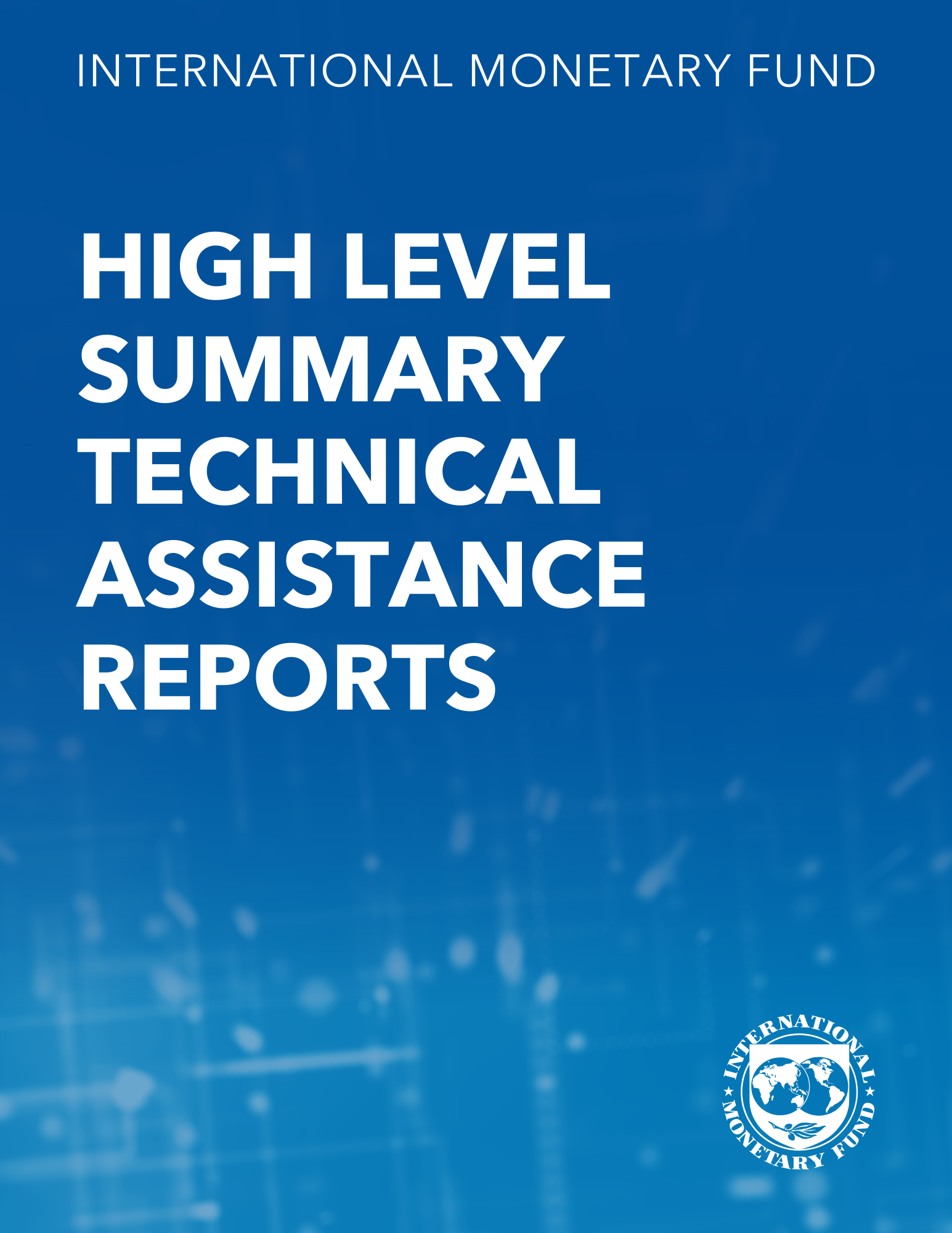Monetary Transmission: Are Emerging Market and Low Income Countries Different?
November 20, 2015
Disclaimer: This Working Paper should not be reported as representing the views of the IMF.The views expressed in this Working Paper are those of the author(s) and do not necessarily represent those of the IMF or IMF policy. Working Papers describe research in progress by the author(s) and are published to elicit comments and to further debate
Summary
We use two alternative representations of the yield curve to test the functioning of the interest rate transmission mechanism along the yield curve based on government paper in a sample of emerging market and low-income countries. We find a robust link from shortterm policy and interbank rates to longer-term bond yields. Two policy implications emerge. First, the presence of well-developed secondary financial markets does not seem to affect transmission of short term rates along the yield curve. Second, the strength of the transmission mechanism seems to be affected by the choice of the monetary regime: countries with a credible inflation targeting regime seem to have “better behaved” yield curves than those with other monetary regimes.
Subject: Central bank policy rate, Central bank rates, Financial services, Inflation targeting, Interbank rates, Monetary policy, Yield curve
Keywords: Africa, bond rate movement, central bank, central bank action, central bank interest rate, Central bank policy rate, Central bank rates, Inflation targeting, Interbank rates, interest rate move, monetary policy action, monetary policy rate, monetary policy regime, monetary policy stance, Monetary transmission, rate, well-behaved yield curve, WP, yield curve, yield curve pivot, yield curve variability, yield-curve calculation
Pages:
37
Volume:
2015
DOI:
Issue:
239
Series:
Working Paper No. 2015/239
Stock No:
WPIEA2015239
ISBN:
9781513554235
ISSN:
1018-5941





